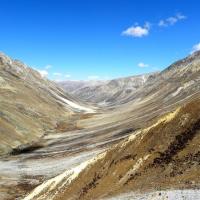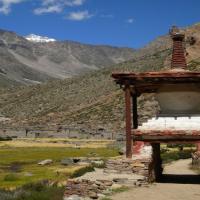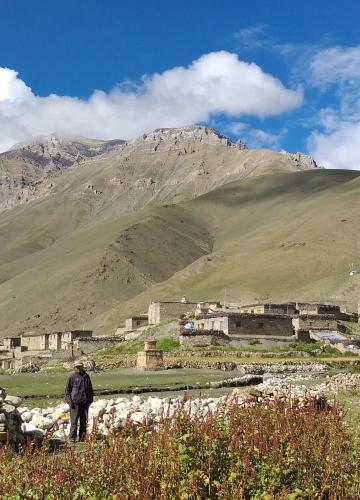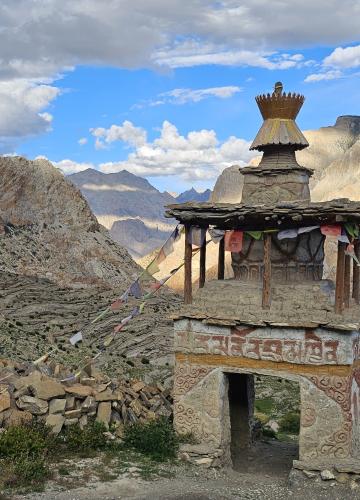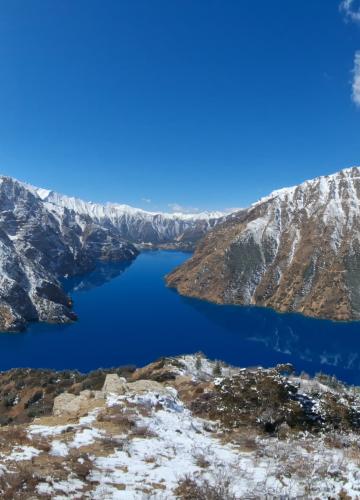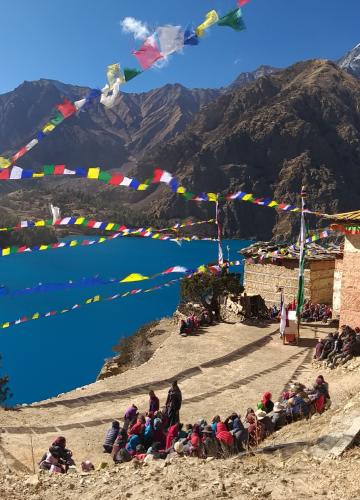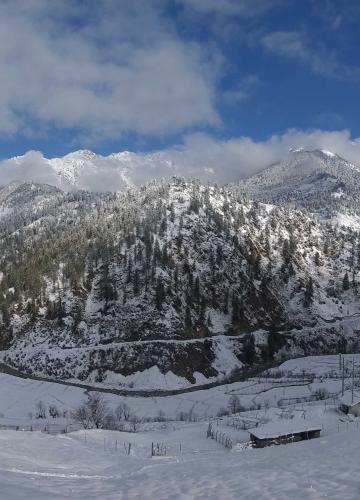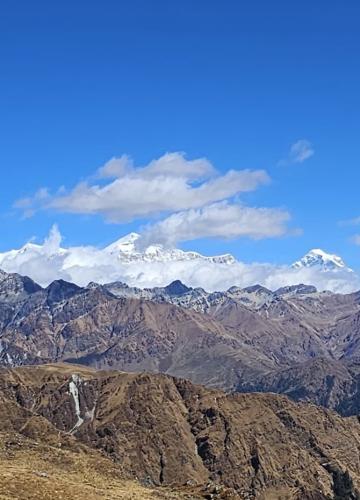Are you tired of the normal trekking destinations and want something different? Limi Valley Trek is your ticket to untouched terrains, remote Thumbulp distilling of Tibetan roots and splendid views of the Himalayas. This 21-day trek is located in the fabulous Humla district of northwest Nepal offering trekking adventure that is as tough as it can be thrilling. It leads you through some of the most remote parts of Nepal that are still entirely untamed by the progress of the new age.
During your trek, you will have to cross several passes including Nara La pass (4,620m) and Nyalu La pass (4,950m), and.the old trade trail of salt that was between Nepal & Tibet. Every day of the trekking presents stunning features of nature such as clear water of rivers and fresh waterfalls and beautiful scenery including mountain including Kailash.
The trek also offers a rare opportunity to immerse yourself in Tibetan culture. You’ll visit ancient villages like Til, Halji, and Jang, where locals still follow Tibetan Buddhist traditions passed down through generations. The 1,000-year-old Rinchenling Monastery in Halji, a spiritual and architectural marvel, is a highlight of this cultural journey. Along the way, you’ll encounter warm, welcoming locals who provide an authentic glimpse into their lives in one of the world's most remote corners.
The Limi Valley Trek is not all about beautiful landscapes and cultural development; it is also a haven for nature lovers. This contains a variety of wildlife, from blue sheep, Himalayan foxes, to the rare snow leopard. Birdwatchers' delight will be in finding rare species as the Himalayan griffons and eagles soar above the valley.
Limi Valley Trek is classified as moderate to hard treks aimed at those trekkers, who want to explore more and practice more; some physical health is required here. The journey begins with a flight into Simikot and then daily trekking through surroundings areas, passes and valleys. For the experienced trekker, Limi Valley is more of a dream come true while for those wanting to get off the beaten path, the beauty will leave you alone in reverence.
This trek has it all that a dream trekker would look for – adventure, stunning landscapes, and an experience of a totally different culture. Therefore let your boots and pack on and be ready to discover more about the Himalayas on the Limi Valley Trek – a trek that is sure to leave its memories on you till you are back home.
Why Choose the Limi Valley Circuit?
The Limi Valley Circuit offers something for every trekker, from spiritual seekers to nature lovers. Here are some standout reasons to choose this trek:
1. Remote Adventure: Unlike popular trekking routes like Everest or Annapurna, Limi Valley sees fewer travelers, offering pristine trails and untouched landscapes.
2. Cultural Immersion: The three villages of Halji, Til and Jang are typically Tibetan. Go to monasteries of the ancient place like Rinchenling monastery established in Halji and check the normal practices that are still going on of one thousand years ago.
3. Spectacular Scenery: Get breathtaking views of the Himalayan giants, including Mt. Saipal, Mt. Kailash, and the distant Tibetan Plateau. The Nyalu La Pass offers a panoramic view that will take your breath away.
4. Wildlife Spotting: The Limi Valley is home to diverse wildlife, including blue sheep, Himalayan yaks, and even snow leopards. Birdwatchers will also enjoy spotting rare species like Himalayan vultures and eagles.
Best Time for the Limi Valley Trek (Guide’s Perspective)
The best times for the Limi Valley Trek are spring (March to May) and autumn (September to November).
Spring (March–May): In this season, weather is not very hot, sky is blue, flowers grow along the trail and the weather is suitable. Due to the profound green cover and stable weather, it is stresses-free to hike.
Autumn (September–November): Autumn was perfect with good light and cool weather, no haze to obscure the view of the hills and Himalayas. It is sunny, and the tracks are good for hiking.
Avoid monsoon (June–August) due to heavy rains and winter (December–February) as trails may be snowbound, making high passes impassable.
Limi Valley Trek Distance
The Limi Valley Trek spans an approximate 200 kilometers (124 miles) through diverse landscapes ranging from lush forests to barren highlands. Here’s a breakdown of what you can expect:
- Simikot to Dharapori: The journey begins with a gentle introduction to Humla’s villages and landscapes.
- Dharapori to Kermi: A trail filled with medicinal hot springs and ancient monasteries.
- Kermi to Yalbang: Discover the iconic Namkha Khyung Dzong Monastery, a center for spiritual learning.
- Yalbang to Tumkot: Gradually ascend, passing fields of barley and serene rivers.
- High Pass Crossings: Navigate the challenging yet rewarding Nara La Pass (4,620m) and Nyalu La Pass (4,994m) with awe-inspiring views of Mt. Kailash and the Tibetan Plateau.
- Exploring the Valley: The Limi Valley itself features three major villages—Til, Halji, and Jang—each rich with Tibetan culture and history.
Throughout the trek, you’ll encounter waterfalls, roaring rivers, suspension bridges, and endless views of the Himalayan peaks.
Contact us now to reserve your spot or customized itinerary and get more information on this epic journey into the heart of the Himalayas.
